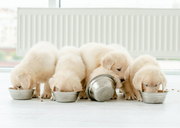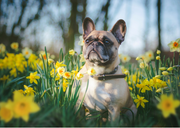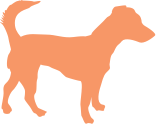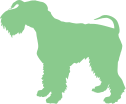PLANTS DANGEROUS TO DOGS
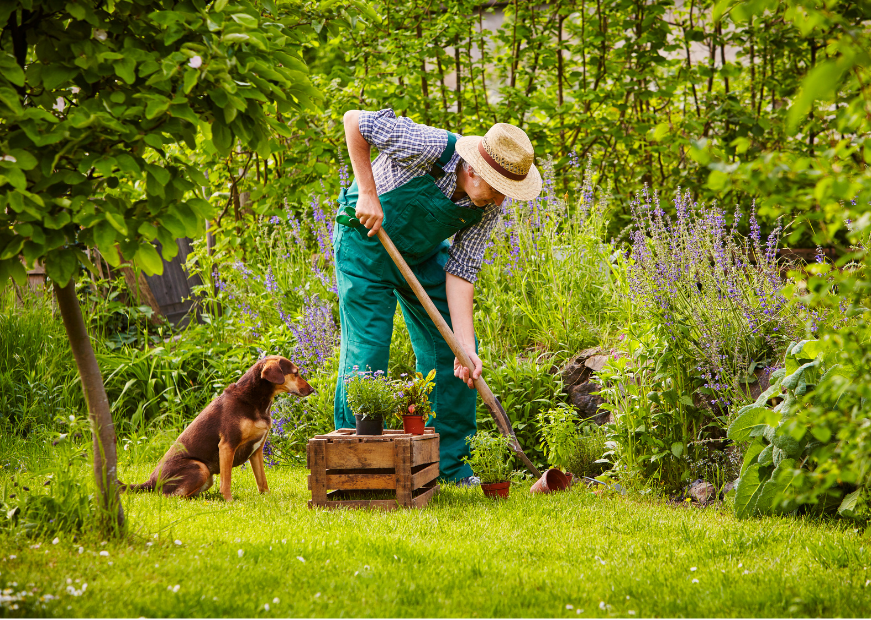
There are many plants which are dangerous to dogs. Although cases of poisoning are rare, it’s important to be vigilant, especially if your dog is young or curious. As our four-legged friends love to explore the world with their mouths, they can be at risk of licking, chewing or eating a poisonous plant.
Here we give you a list of plants which can be dangerous to your dog, especially if they consume large amounts.
- Autumn crocus (Colchicum autumnale)
- Azalea/rhododendrons (Rhododendron species)
- Bluebells (Hyacinthoides species)
- Common poppy (Papaver rhoeas)
- Cotoneaster (Cotoneaster species)
- Crocuses (Crocus species)
- Daffodils (Narcissus species)
- Dumbcane (Diffenbachia species)
- Foxgloves (Digitalis species)
- Garden star-of-Bethlehem (Ornithogalum umbellatum)
- Grape vine fruits (Vitis vinifera)
- Giant hogweed (Heracleum mantegazzianum)
- Holly (Ilex aquifolium)
- Horse chestnut (Aesculus hippocastanum) – look out for conkers in autumn that can cause problems such as gut blockages
- Hyaciniths (Hyacinthus orientalis)
- Ivy (Hedera helix)
- Laburnum (Laburnum anagyroides)
- Lily of the valley (Convallaria majalis)
- Mistletoe (viscum Album)
- Onion and garlic plants (Allium species)
- Oak (Quercus species) – look out for acorns in autumn that can cause problems such as gut blockages
- Oleander (Nerium oleander)
- Potato plants (Solanum tuberosum)
- Pieris plants (Pieris species)
- Rowan (Sorbus aucuparia)
- Rhubarb plants (Rheum species)
- Snowdrops (Galanthus)
- Tulips (Tulipa species)
- Yew (Taxus species)
Not all parts of these plants are toxic, for some it’s only the bulb or the berry, but it’s better to keep your dog away from the whole plant to be on the safe side.
Most of these plants will only cause mild symptoms, but some can be more serious, especially if your dog consumes a large amount in a short space of time.
Please remember, this isn’t an exhaustive list either; there are plants that haven’t yet been identified as toxic to dogs, but still could be a danger to your dog.
⚠️Know the Signs ⚠️
It’s important to get to know the signs of plant poisoning in dogs and always contact your vet if you’re concerned that your dog has eaten something they shouldn’t.
- Drooling
- Not eating
- Low energy
- Vomiting or diarrhoea – especially if bits of chewed up plants are in it
- Drinking or weeing more
- Rashes
- Red skin
- Mouth ulcers
- Pale gums
- Twitching or seizures
- Collapse
If your dog eats a poisonous plant or is showing any signs of toxicity, call your vet immediately.
🌳 Garden hazards for dogs 🌳
It’s not just plants that can be a danger to your dog when they’re out for a walk or playing in the garden. Here are some other hazards to avoid.
Compost and grass clippings - These can contain dangerous moulds or bacteria. Keep any compost in a secure bin.
Fungi and mushrooms - Mostly seen in autumn, especially in warm, damp conditions. Not all types of fungi are dangerous, but some can be life-threatening if your dog eats them, so it’s best to avoid them completely.
Pesticides, weed killers and fertilisers - These often contain products which are toxic to pets. Avoid spraying any areas your dog usually visits and put up barriers or covers to keep pets out of any areas that you need to treat.
Grass seeds - Grass seeds can get stuck in your dog’s skin, paws, armpits and ears. They can cause irritation, infection and even spread to other parts of the body, leading to potentially serious problems.
Grass seeds aren’t just a hazard if you’re re-seeding your lawn, they are also common in fields of long grass, especially in spring and summer.
Credit Reference: https://www.bluecross.org.uk/pet-advice

